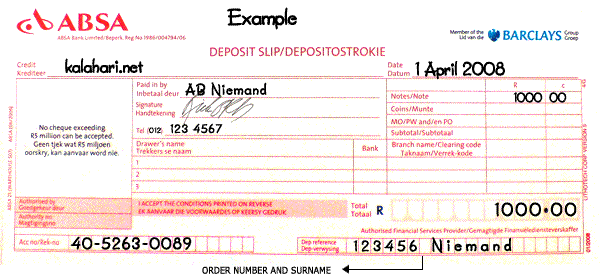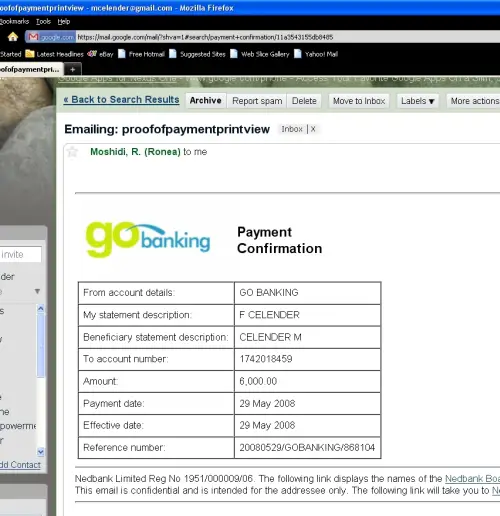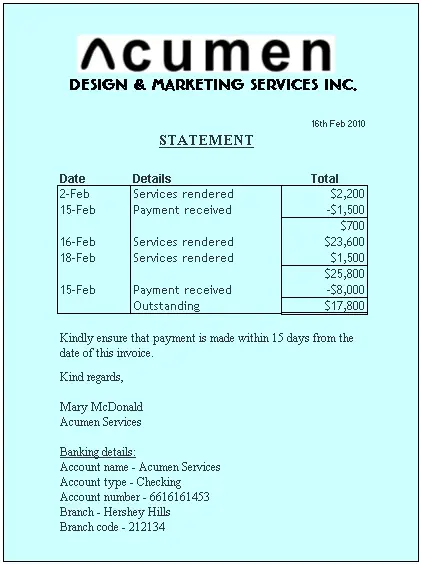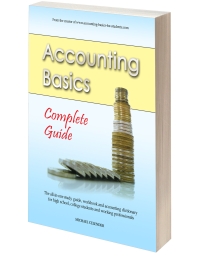Source Documents:
Definition, Importance and
Most Common Types
Previous lesson: The Accounting Cycle
Next lesson: Basic Accounting Journal Entries
Welcome to the lesson on source documents in accounting, where we'll learn what these are, why they're important and where we'll look at some common examples.
Be sure to check your understanding of this lesson by taking the quiz in the Test Yourself! section further below. And right at the bottom of the page, you can find more questions on the topic submitted by fellow students.
What are Source Documents in Accounting?
As mentioned in the previous lesson, the source document is the first document that exists relating to a transaction.
Just as the name suggests, it is a document that serves as the proof or source of the transaction.
In the past, source documents were always some sort of physical paper copy. However, today they often exist just in electronic form.
Why are Source Documents Important?
Bookkeepers and other accounts personnel are adamant that a business keeps records of everything.
Source documents are those records.
They are the only real evidence of a transaction taking place, on a specific day and at a specific amount.
If source documents don't exist for a transaction - because they've been lost or thrown away or not recorded in the first place - then accounting for the transaction becomes difficult.
Additionally, auditors check the annual financial statements of a business to ensure their accuracy. Part of their audit involves reviewing the details of various transactions, which are originally shown in the source documents. The source documents serve as proof of amounts accurately recorded in later steps of the accounting cycle, from the accounting journals and ledger to the final financial reports.
What Information Should a Source Document Contain?
A source document should generally contain the following:
- The business name and logo
- The date of the transaction
- A description of the transaction
- The specific value of the transaction
Types of Source Documents
Here are some of the most common source documents in accounting:
Invoices
Invoices are documents listing goods or services provided, as well as their prices.
They are the primary source documents for sales and similar forms of income.
Businesses normally send an invoice together with goods (or once services have been delivered) so as to indicate the amount of payment required to be paid to them.
In addition, invoices often indicate when the payment is to be made, the business banking details, etc.
Invoices thus normally relate to credit transactions and specifically, income on credit.
Receipts (Cash or Credit)
Receipts are documents confirming that cash or goods have been received.
Receipts thus normally relate to payment that has been made by cash or through a debit or credit card.
Receipts are the normal source document for an income transaction where cash is received immediately, or where we receive a payment from a debtor.
Deposit Slips
Deposit slips are documents that serve as proof that cash has been deposited into a bank account.
So if your business receives cash payments and then wants to deposit this, you would make a deposit at the bank and keep a copy of the deposit slip.
Check and Check Counterfoil
A check (or cheque) is a common form of payment, instructing a bank to transfer money from one bank account to another.
Where checks are used by a business to make payments, check counterfoils serve as the source documents.
A check counterfoil is the part of the check kept by the drawer (writer) of the check as a record of the transaction - a record that the check was written and the payment was made.
Each check would have a counterfoil or stub on the same page of the checkbook.
The image above shows the check (on the right), which would be torn out, while the counterfoil (on the left) is the stub that would remain in the checkbook.
Some checkbooks don't have counterfoils. Instead they have separate pages at the back of the checkbook (behind all the checks) where you can hand-write the details of checks you have issued, including the check number, the value and who/what they were for.
Payment Confirmations
Instead of making payments by check, a business can make payments online or by other electronic means.
When this is the case, a payment confirmation would be the source document.
Payment confirmations are documents serving as proof that payment has been made by electronic transfer (payments made through the internet, using a cellphone, computer or other electronic means).
Since more and more payments are made online these days, the payment confirmation is becoming more common as a source document.
Statements
A statement or statement of account is an itemized report showing the amount owed by one business to another, as well as details of transactions between the two businesses.
It is essentially a summary of the financial relationship between two businesses, including any amounts owing.
Another common type of statement and source document is the bank statement, which shows the monthly transactions in your bank account.
Test Yourself!
Before you start, I would recommend to time yourself to make sure that you not only get the questions right but are completing them at the right speed.
Difficulty rating:
Beginner
Quiz length:
8 questions
Time limit:
10 minutes
Important: The solution sheet on the following page only shows the solutions and not whether you got each of the questions right or wrong. So before you start, get yourself a piece of paper and a pen to write down your answers. Once you're done with the quiz and writing down your answers, click the Check Your Answers button at the bottom and you'll be taken to our page of solutions.
Good luck!
That's it for our lesson on source documents in accounting!
Do you know of other source documents not mentioned above? Which source documents do you use in your business? Add a comment further below and let us know.
The next step in the accounting cycle is to take the data from the source documents and use this to record a journal entry.
When you're ready, feel free to move onto the next lesson on journal entries.
Return from Source Documents in Accounting to The Accounting Cycle
Stay up to date with ABfS!
Follow us on Facebook:
Previous lesson: The Accounting Cycle
Next lesson: Basic Accounting Journal Entries
Questions Relating to This Lesson
Click below to see questions and exercises on this same topic from other visitors to this page... (if there is no published solution to the question/exercise, then try and solve it yourself)
Name the Accounts Question:
Bills and Receipts
Before you begin: For testing and exams it's important to make sure you not only answer questions correctly but also complete them at the right speed. …
No or Missing Invoices
(Payments on Account)
Q: I have payments on account that I have no invoices for. How do I deal with this?
A: Hi Anne,
You should have invoices for all product sales …
© Copyright 2009-2023 Michael Celender. All Rights Reserved.
Click here for Privacy Policy.















Comments
Have your say about what you just read! Leave me a comment in the box below.